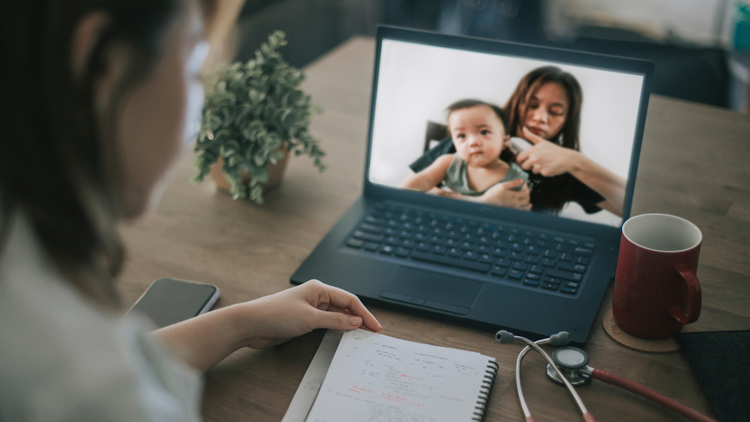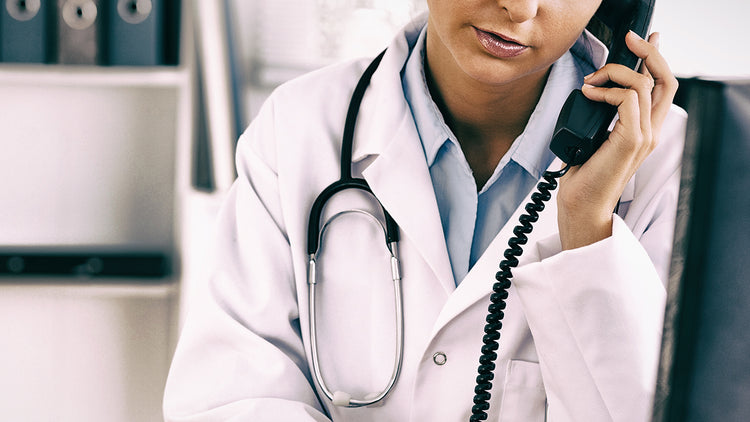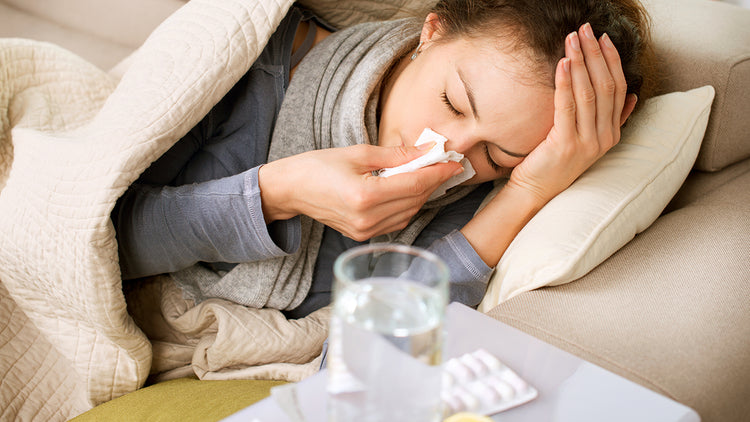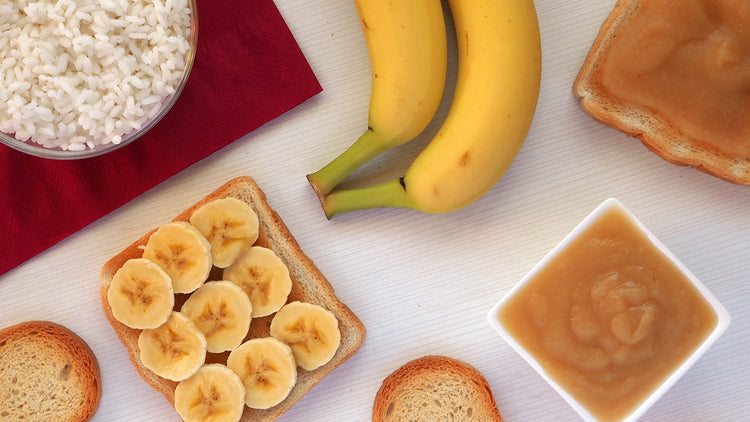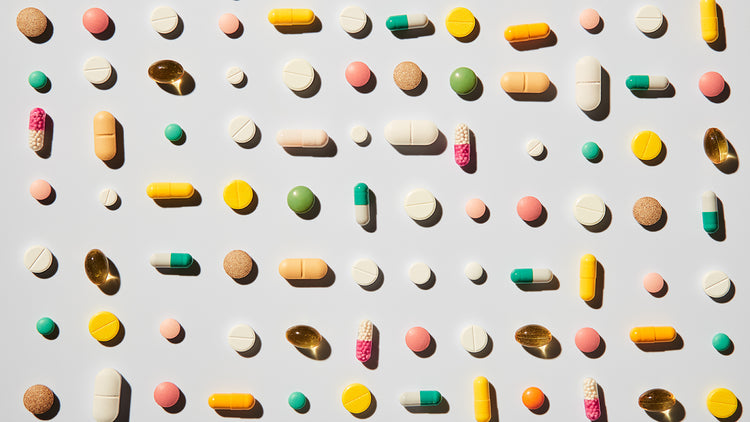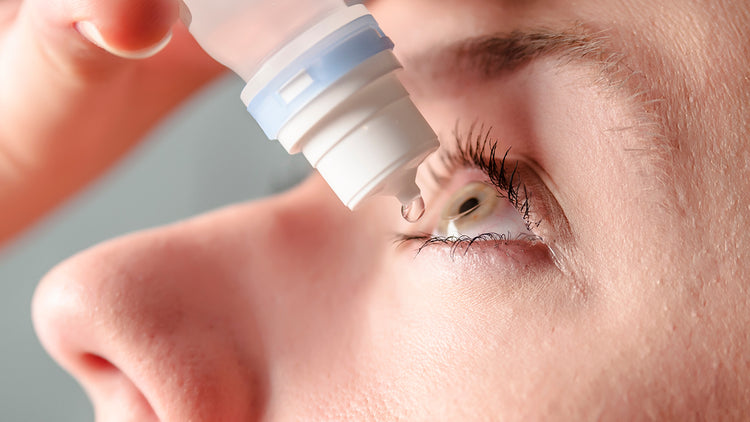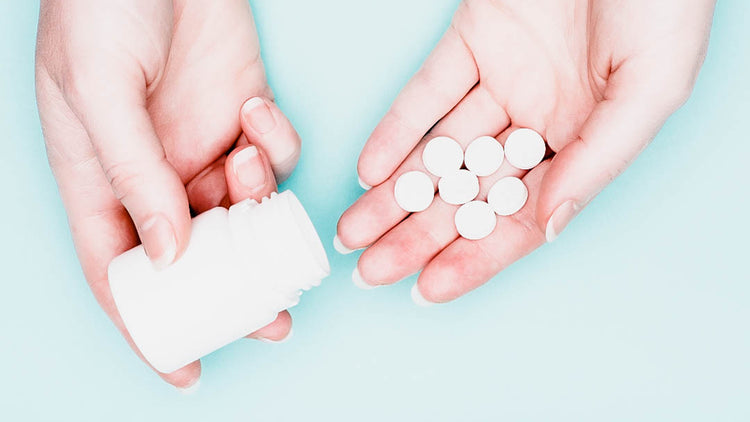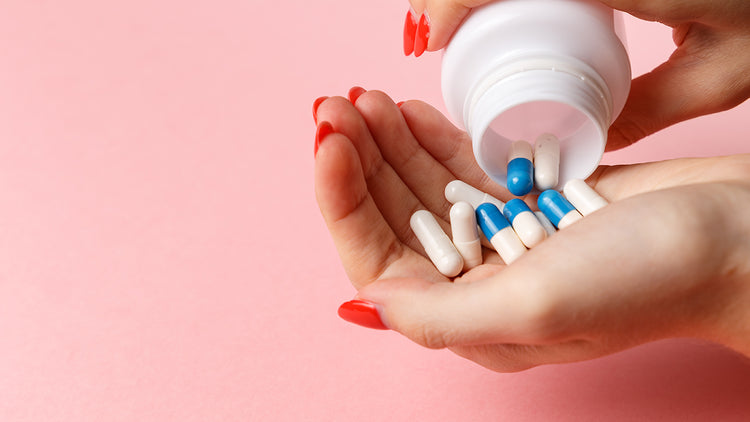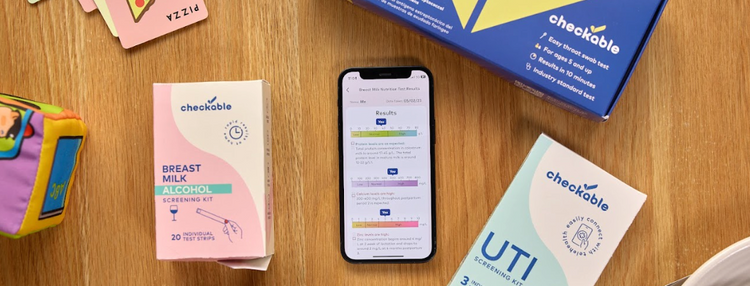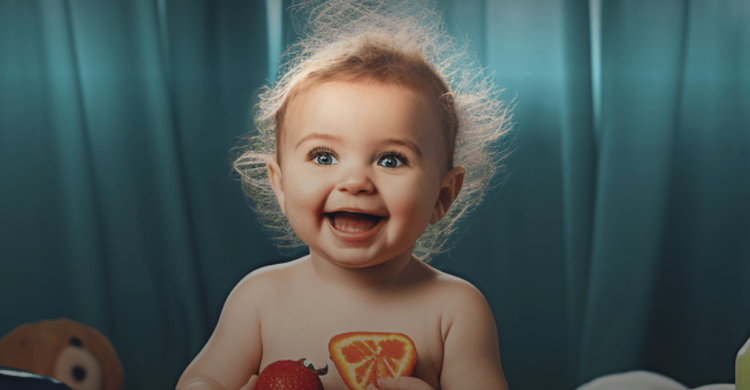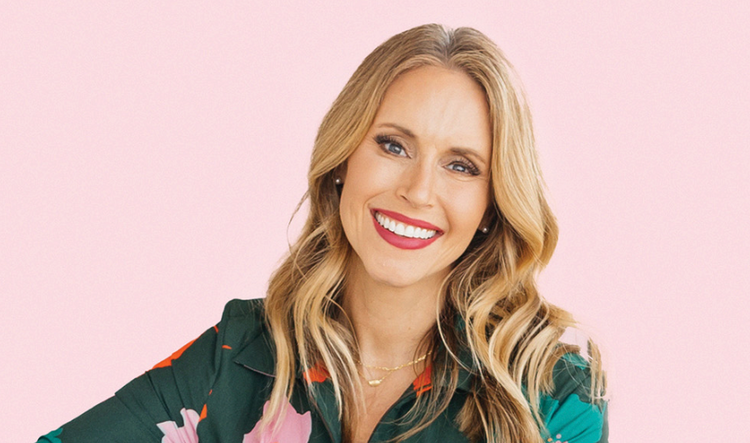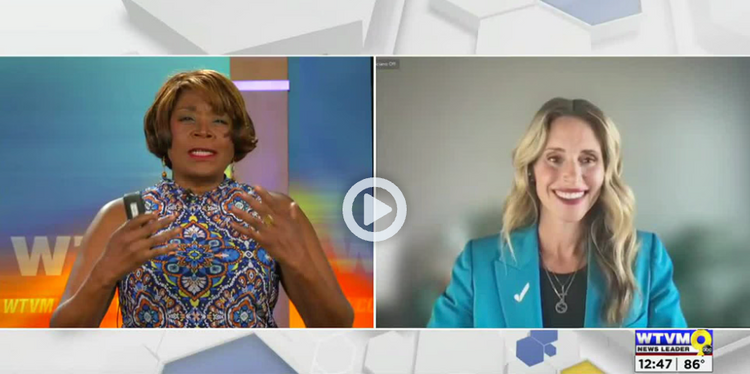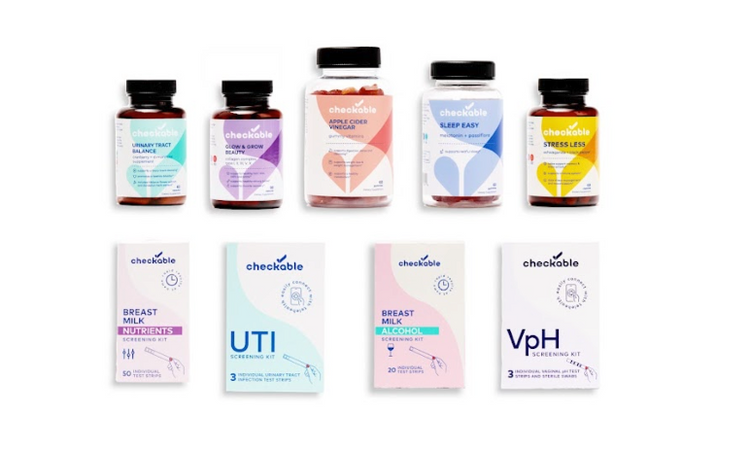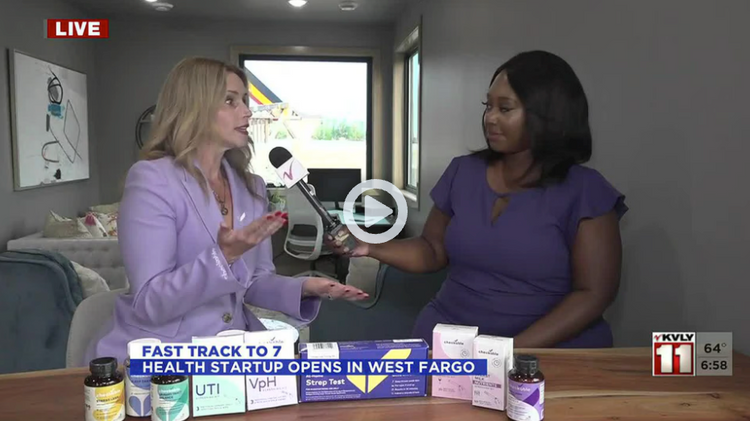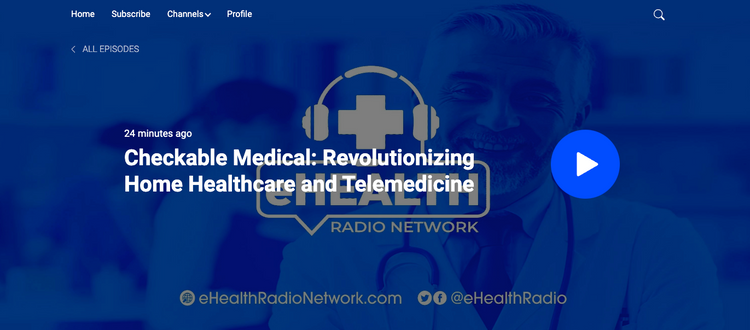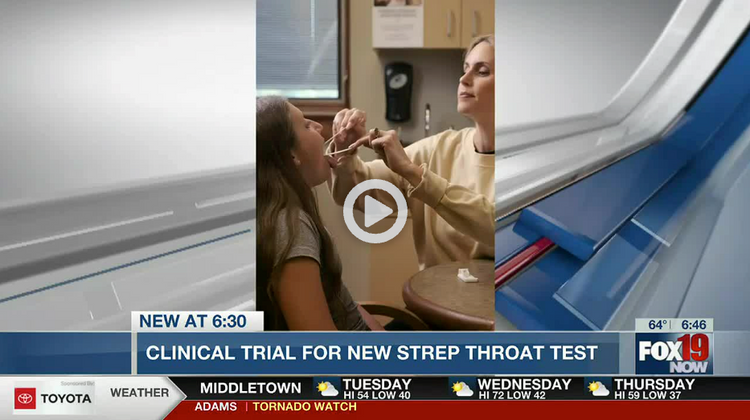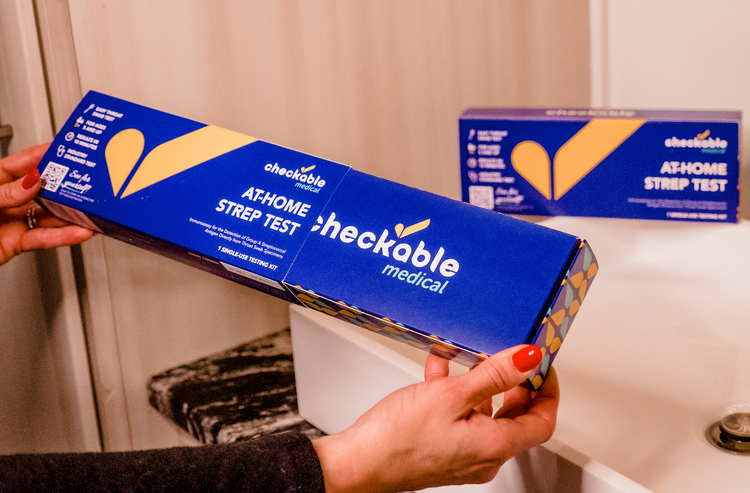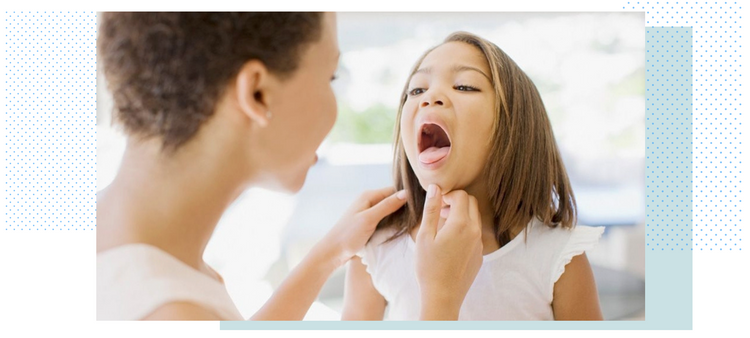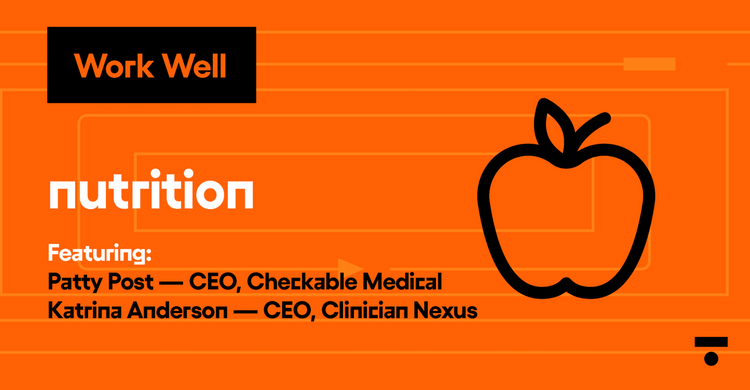
When we hear the term "yeast infection," we may innately think of vaginal, but we are sorry to say that all humans can get them in many different areas. Candida is a type of yeast that can be found naturally in your vagina, gut, mouth, and on your skin. It's especially more likely to reside in warm, dark, and moist skin folds, like under the boobies. According to the National Library of Medicine, up to 70% of healthy people have Candida, so it's safe to say it's pretty common.
Under normal circumstances, Candida doesn't cause any problems. But in some people with underlying health conditions or large breasts, skin can break down and cause a nasty rash called intertrigo. This is a result of friction, moisture, and lack of airflow, which then causes the fungus to grow. Again, very normal. Staying in sweaty workout clothes is one of the main causes of yeast, so make sure to change as soon as your workout is over.
What Does a Yeast Infection Under the Breasts Look Like?
Breast yeast infections look much different than vaginal ones. But once you know what to look for, you'll know if you have one. A yeast infection can occur under your boobs, along the folds, and on the upper torso. It may look like a typical rash, but one tell-tale sign is if it also appears on the other side of the skin fold. The rash usually looks red or reddish-brown and may have blisters, cracks, or crusting. It also may be painful or itchy.
It might be yeast if:
- The rash appears red or reddish-brown
- Is raised and bumpy
- Has oozing blisters and crusting
- Is itchy
- Causes pain
How to Treat Breast Yeast Infections
There is good news here. Yeast infections are usually quite easy to treat, and most go away within a week if you use an over-the-counter antifungal cream or ointment. Unlike the vagina, breast yeast is actually easier to treat because there are ways to minimize the cause, which is usually sweat.
If your rash looks particularly bad or is painful, your PCP should be able to prescribe an antifungal like Clotrimazole, Econazole, Ketoconazole, Miconazole, or Tioconazole. These antifungal creams have steroids in them that will ease intense itching.
While it's not uncommon for breastfeeding moms to experience a yeast infection under the breasts, anyone can get one – even men. They tend to occur more frequently if you:
- Are breastfeeding
- Have diabetes
- Are blessed with large breasts
- Overweight
- In a hot climate
- Wear tight clothes (sports bras)
Home Remedies to Ditch the Yeast
Here are a few known at-home tips that can help keep yeast infections at bay. However, they do work best in tandem with OTC creams to soothe your symptoms fast.
- Coconut oil has antifungal properties and can be applied directly to the affected area.
- Apple cider vinegar has antimicrobial effects, and it may help kill the fungus. Try adding one-half cup of apple cider vinegar to a lukewarm bath and soak for about 20 minutes. It’s also recommended to take Apple Cider Vinegar Gummies as a daily supplement to help prevent future outbreaks.
- Oregano oil hinders the growth of Candida; add a few drops to the infected area.
Tips to Prevent Boob Yeast Infections
Yeast loves moisture, so if you sweat a lot under your boobs, try different methods to keep them dry.
- Dry the area thoroughly after showering or swimming
- Change out of wet or sweaty clothes, like after workouts
- Wear a supportive cotton bra
- Use powder to keep the area dry (it works for babies)
- Limit your sugar intake if you have diabetes
Now that we know all about yeast and how and why it grows, we hope these tips help ban the boob yeast. Keeping your skin clean and dry will help stop future spreads. Taking probiotics and apple cider vinegar supplements will also help keep the yeast in your body balanced.
Life is too short to sit in a doctor’s office
Sign up for our weekly newsletter and get valuable healthcare tips and tricks in your inbox!
Sign up now and unsubscribe anytime.
- Choosing a selection results in a full page refresh.
- Press the space key then arrow keys to make a selection.



